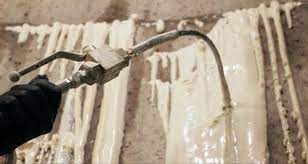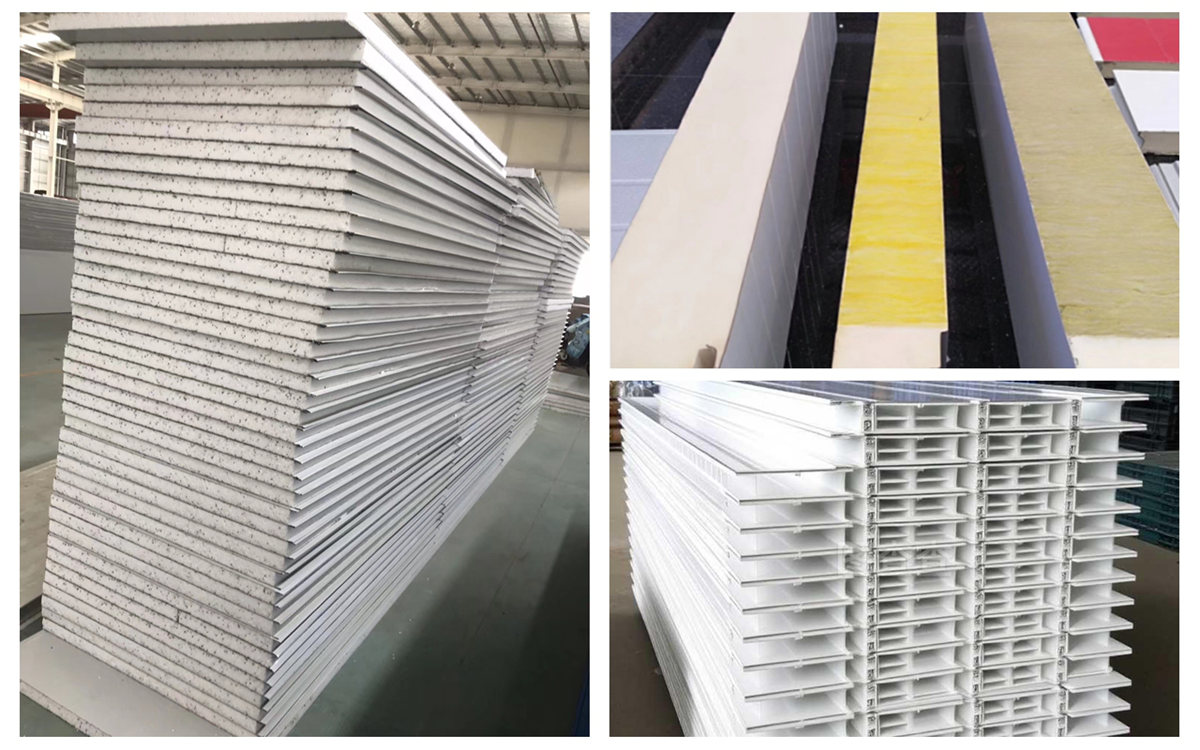Can Plugging Agents Really Solve the Problem of Water Leakage Completely? Reveal the Truth About Plugging Agents!
Water leakage problems plague many families and businesses. Whether it is the roof, wall or basement, water leakage will cause many troubles. As a common waterproof material, plugging agents are widely promoted as a magic weapon for "quickly solving water leakage". But can plugging agents really solve the problem of water leakage completely? This article will reveal the truth about plugging agents for you and help you make a wise choice.
How plugging agents work
A plugging agent is a material that fills gaps and prevents water penetration through chemical reactions or physical expansion. Common plugging agents include:
1. Cement-based plugging agents: fill cracks by rapid solidification and are suitable for concrete structures.
2. Polyurethane plugging agents: expand when exposed to water to form an elastic sealing layer, suitable for dynamic cracks.
3. Epoxy resin plugging agents: high strength, corrosion resistance, suitable for structural repairs.
Advantages of plugging agents
1. Convenient construction: plugging agents usually only need to be applied or injected into cracks, without the need for complex tools.
2. Quick effect: Some plugging agents can solidify within a few minutes and quickly stop the leak.
3. Wide range of applications: It can be used in a variety of scenarios such as roofs, walls, basements, pipes, etc.
Limitations of plugging agents
Although plugging agents have many advantages, they cannot completely solve all leaking problems:
1. Temporary solution: Leakage plugging agents can usually only temporarily stop leaks, and the long-term effect depends on the cause of the leak and the quality of construction.
2. Not suitable for structural damage: If the leak is due to structural reasons such as wall cracks and foundation settlement, the plugging agent cannot cure the problem.
3. Environmental restrictions: Some plugging agents are not effective in low temperature or humid environments.
How to use plugging agents correctly
1. Find the leak point: Before construction, be sure to find the specific location of the leak.
2. Clean the surface: Make sure the area around the crack is clean, dry, and free of debris.
3. Choose the right plugging agent: Choose the right product according to the cause and scenario of the leak.
4. Standardized construction: Follow the product instructions to ensure the quality of construction.
5. Regular inspection: After using the plugging agent, regularly check the leaking points and repair them in time.
Comprehensive solution to completely solve the leakage problem
To completely solve the leakage problem, the plugging agent is only one part. Here are some comprehensive suggestions:
1. Find the root cause: Ask professionals to check the cause of the leakage, such as aging pipes, wall cracks, etc.
2. Combine with other waterproof materials: Use waterproof coatings, waterproof membranes, etc. with plugging agents.
3. Regular maintenance: Regularly check the waterproofing of the house and repair minor problems in time.
Summary
The plugging agent is an effective temporary solution that can quickly stop the leakage, but it cannot completely solve all the leakage problems. To cure the leakage, it needs to be combined with other waterproofing measures and regular maintenance. Choose the right plugging agent and the right construction method to maximize its effect.







